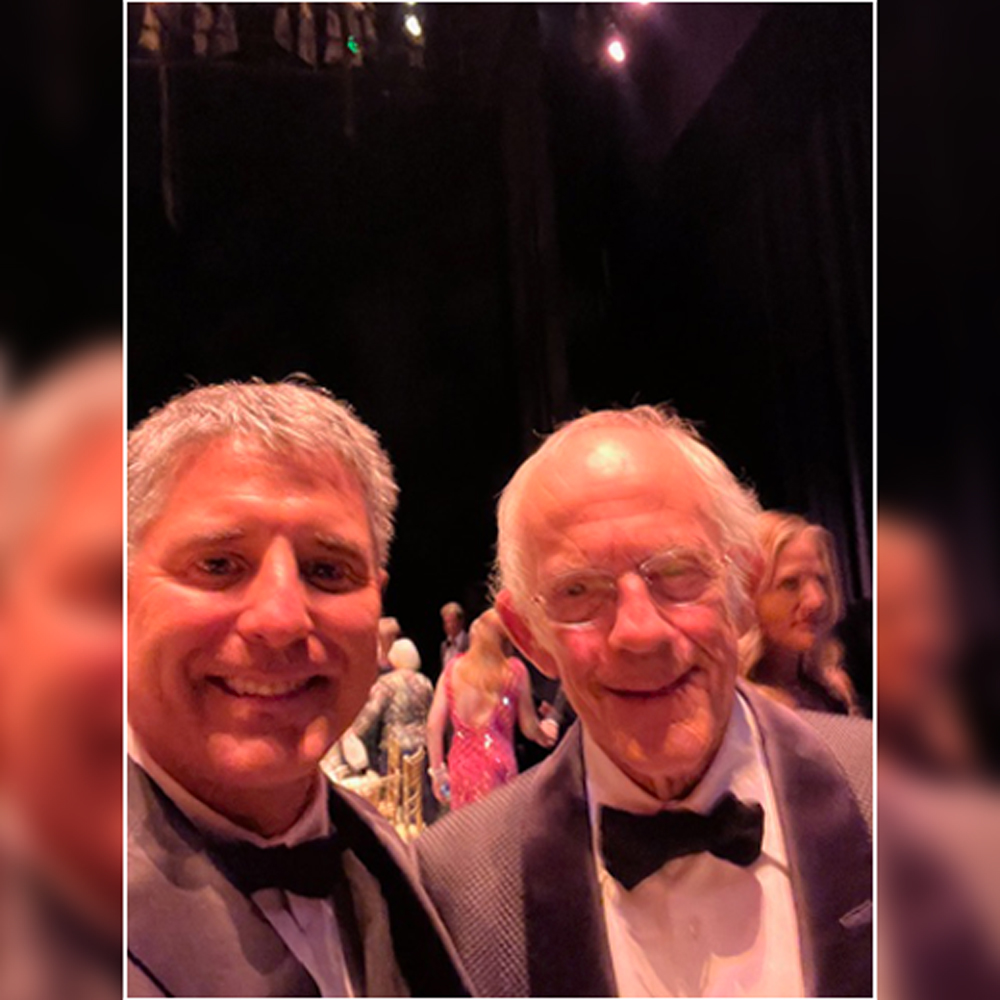
Music is a universal language that has been evolving since the dawn of civilization. From the primal beats of drums echoing through ancient tribes to the intricate melodies of contemporary pop, the journey of music genres reflects the ever-changing tapestry of human experience. This article embarks on a chronological exploration of how music genres have evolved, shaping and reflecting cultural, social, and technological shifts.
Ancient Roots:
The roots of music genres trace back to the earliest civilizations. In ancient Mesopotamia and Egypt, music played a vital role in religious rituals and communal gatherings. These early forms of music were often characterized by simple rhythms and repetitive chants, laying the foundation for what would later develop into more complex genres.
Medieval Melodies:
During the medieval period, music became more structured and diversified across Europe. Gregorian chants dominated religious ceremonies, while troubadours and minstrels entertained nobility with songs of courtly love and chivalry. The emergence of musical notation facilitated the preservation and transmission of melodies, paving the way for the development of classical music.
The Renaissance of Harmony:
The Renaissance saw a flourishing of musical innovation, with composers like Josquin des Prez and Giovanni Pierluigi da Palestrina experimenting with polyphony and harmonic complexity. The invention of the printing press enabled the mass distribution of sheet music, democratizing access to musical compositions and fostering a culture of musical literacy.
Baroque Brilliance:
The Baroque era ushered in a period of ornate musical expression. Characterized by composers such as Johann Sebastian Bach, George Frideric Handel, and Antonio Vivaldi. Elaborate ornamentation, contrapuntal textures, and the development of instrumental genres like the concerto and fugue marked baroque music. The emergence of public concert halls provided a platform for the performance of orchestral music, expanding the audience for classical compositions.
Classical Elegance:
The Classical period brought a shift towards clarity, balance, and emotional restraint in music. Composers like Wolfgang Amadeus Mozart, Ludwig van Beethoven, and Franz Joseph Haydn epitomized the ideals of classical music, creating symphonies, sonatas, and chamber music that reflected the Enlightenment values of reason and order. The establishment of conservatories and opera houses further institutionalized classical music as a refined art form.
Romantic Revolution:
The Romantic era marked a departure from the formal conventions of classical music, emphasizing individual expression, emotional intensity, and dramatic storytelling. Composers such as Ludwig van Beethoven, Franz Schubert, and Pyotr Ilyich Tchaikovsky pushed the boundaries of musical expression. Incorporating elements of folk music, mythology, and national identity into their compositions. The rise of the virtuoso performer and the expansion of the orchestra allowed for greater sonic experimentation and grandiose symphonic works.
Jazz Age:
The 20th century witnessed the emergence of jazz as a quintessentially American art form, blending African rhythms, European harmonies, and improvisational techniques. Originating in the African-American communities of New Orleans. Jazz evolved through various styles such as ragtime, blues, swing, bebop, and fusion. Pioneering musicians like Louis Armstrong, Duke Ellington, and Miles Davis revolutionized the genre, introducing innovations like syncopation, improvisation, and call-and-response patterns.
Rocking the World:
The advent of rock and roll in the 1950s brought a seismic shift in popular music. Rock and roll combined elements of rhythm and blues, country, and gospel into a high-energy, youth-oriented sound. Artists like Elvis Presley, Chuck Berry, and Little Richard captured the rebellious spirit of post-war America. Challenging social norms and sparking a cultural revolution. The evolution of rock music gave rise to diverse subgenres such as psychedelic rock, punk, metal, and alternative. Each reflecting the ethos and aesthetics of different generations.
Pop Perfection:
The rise of pop music in the latter half of the 20th century brought catchy melodies. Polished production, and global appeal to the forefront of the music industry. With the advent of radio, television, and digital recording technologies, pop stars like Michael Jackson, Madonna, and Beyoncé achieved unprecedented fame and influence. Shaping trends in fashion, dance, and popular culture. Pop music continues to evolve in the digital age, with artists blending genres, collaborating across borders, and harnessing social media to connect with audiences worldwide.
Hip Hop Revolution:
Hip-hop emerged in the Bronx during the 1970s as a cultural movement encompassing music, dance, art, and fashion. Rooted in African-American and Caribbean traditions, hip-hop gave voice to marginalized communities, addressing issues of social injustice, identity, and empowerment. Pioneering artists like DJ Kool Herc, Grandmaster Flash, and Afrika Bambaataa laid the foundation for rap music. A lyrical form of expression characterized by rhythmic poetry and sampled beats. Hip-hop has since become a global phenomenon, influencing music, fashion, and youth culture around the world.
Electronic Evolution:
The rise of electronic music in the late 20th century heralded a new era of sonic experimentation and technological innovation. From the synthesizers of Kraftwerk to the rave culture of the 1990s, electronic music pushed the boundaries of sound manipulation. Blurring the lines between human and machine. Genres such as techno, house, trance, and dubstep emerged from underground clubs and experimental studios. Embracing the possibilities of electronic instrumentation and digital production techniques.
The evolution of music genres is a testament to the creativity, diversity, and resilience of human expression. From ancient rituals to modern-day revolutions, music has continuously adapted to reflect the changing landscapes of culture, technology, and society. As we embark on this journey through time, we are reminded of the power of music to unite, inspire, and transcend the limitations of language and time.